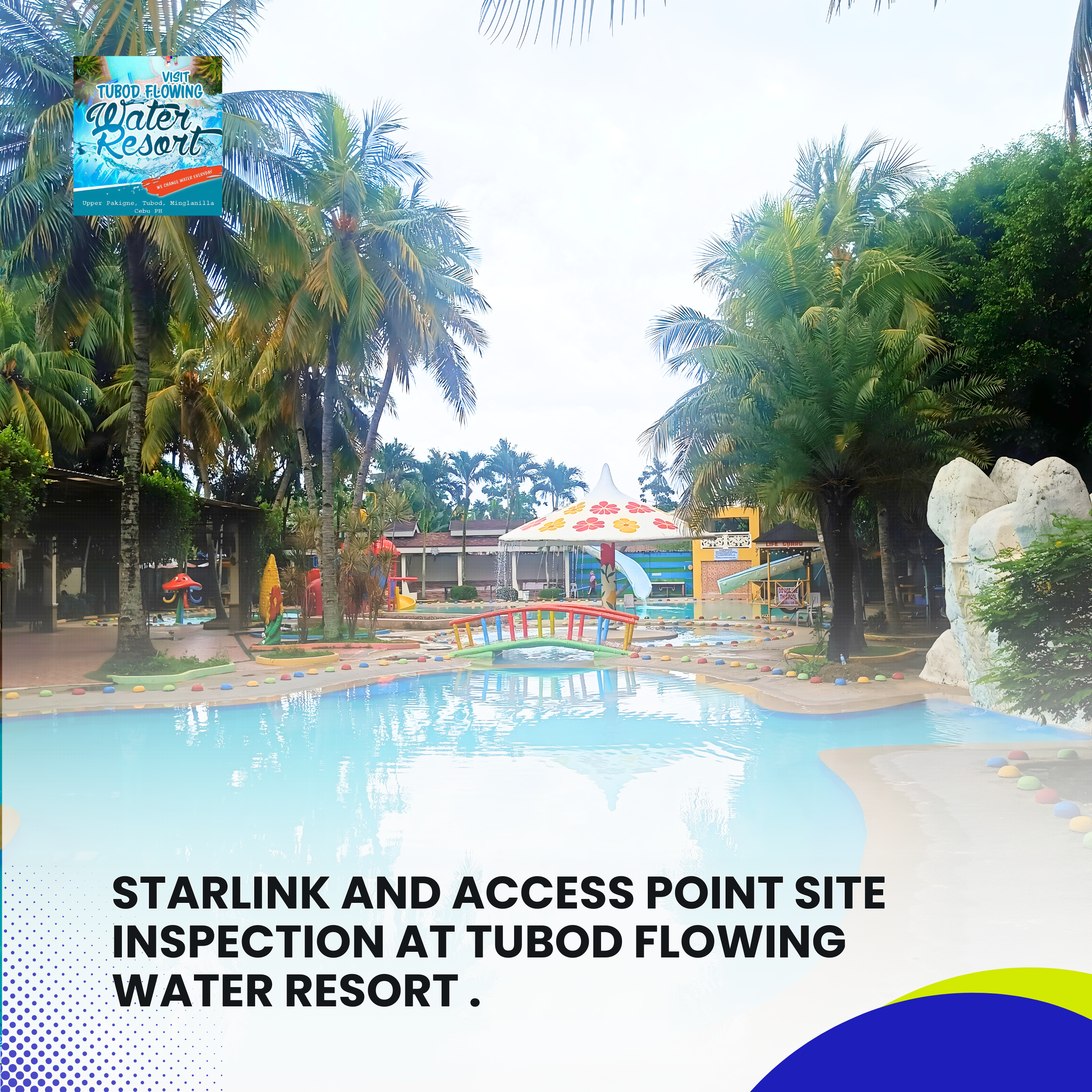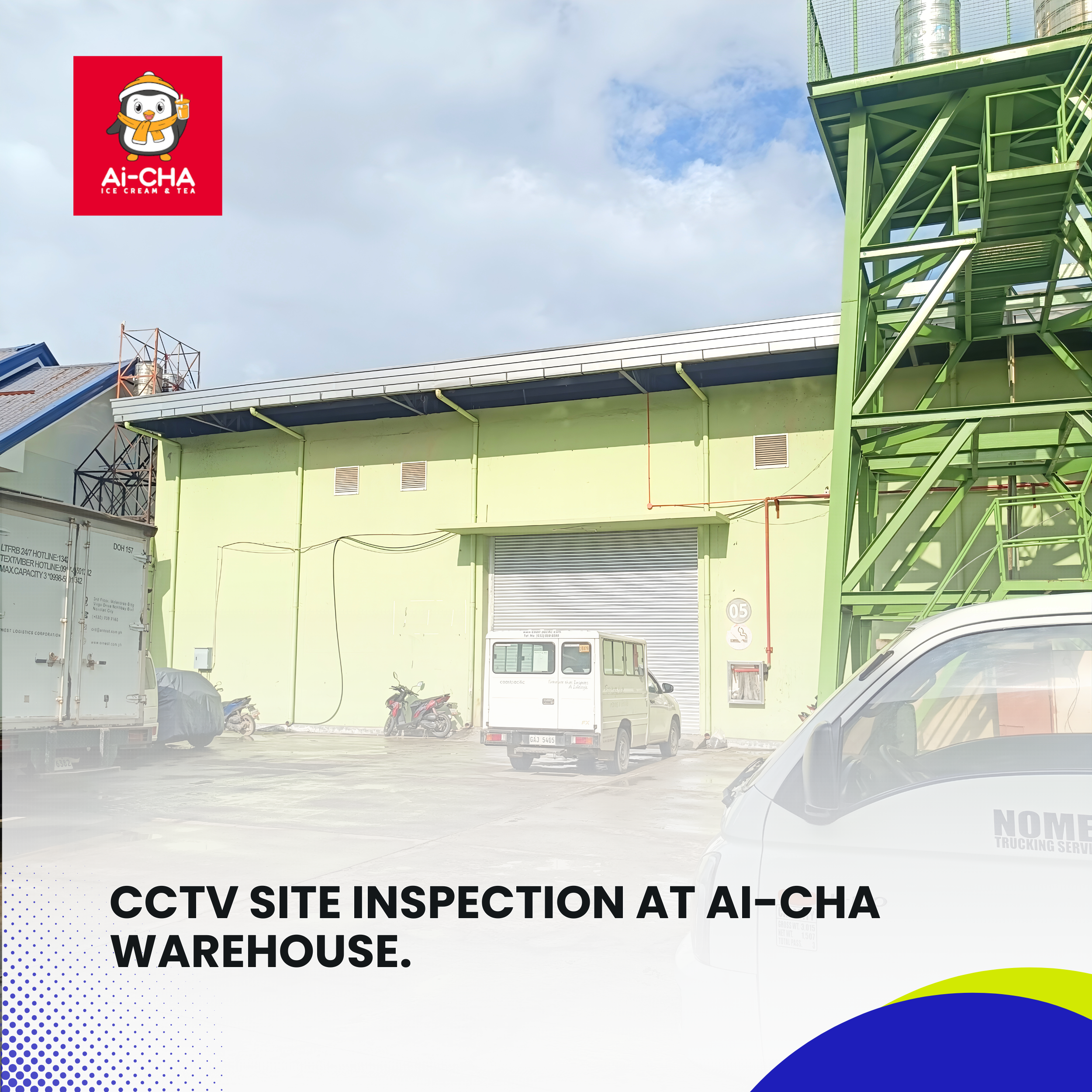Structured Cabling Supply and Installation at Secret Paradise, Palawan — First Progress Update. Introduction The Intercom System Installation Project officially began its first major phase with the start of piping implementation on …
Happy Spanish Friendship Day!

Introduction
Every year on June 30, the Philippines commemorates Día de la Amistad Hispano-Filipina or Philippine–Spanish Friendship Day—a celebration that highlights the enduring cultural and historical ties between the Philippines and Spain. Officially recognized in 2002 through Republic Act No. 9187, this special day honors more than three centuries of shared history, traditions, language, and values between the two nations.
Spanish Friendship Day Video.
History
The roots of this celebration date back to a poignant historical event during the Siege of Baler from 1898 to 1899. Spanish soldiers, unaware that Spain had already ceded the Philippines to the United States under the Treaty of Paris, continued to defend the Baler Church against Filipino revolutionaries for nearly a year. When they finally surrendered on June 30, 1899, instead of being met with hostility, they were welcomed and treated with compassion by Filipino forces under General Emilio Aguinaldo. Aguinaldo recognized their courage and allowed them safe passage back to Spain, solidifying a gesture of respect and reconciliation that laid the foundation for what we now celebrate as a day of friendship.
Over the years, June 30 has evolved into more than just a historical commemoration. It is a day for reflecting on the rich Hispanic influence that remains deeply embedded in Filipino society—from language and religion to cuisine, architecture, and art. Spanish loanwords are abundant in Filipino languages; Catholicism, introduced by Spanish missionaries, remains the dominant religion; and traditions such as fiestas and family-centered values mirror those found in Spain.
The celebration is often marked by a series of cultural programs, exhibitions, film screenings, and academic discussions organized by institutions like the Embassy of Spain, the Instituto Cervantes, the National Historical Commission of the Philippines, and various universities and local governments. These events promote deeper appreciation of Hispanic heritage and the mutual contributions both countries have made to one another.
Particular attention is also given to the town of Baler in Aurora Province, where the original act of friendship took place. Baler plays host to annual reenactments, parades, and community festivities, strengthening its role as the symbolic heart of this commemorative day.
Philippine–Spanish Friendship Day serves as a reminder that history, when embraced with understanding and mutual respect, can be a bridge rather than a barrier. Despite the complexities of colonization, this celebration underscores the ability of nations to heal, collaborate, and build stronger ties rooted in shared culture and mutual admiration.
As both countries continue to work together in the areas of education, tourism, language promotion, and diplomatic relations, June 30 remains a testament to the resilience of human connection and the enduring power of friendship across oceans and generations.
Conclusion
In essence, Día de la Amistad Hispano-Filipina is more than just a nod to the past—it is a celebration of unity, respect, and the cultural legacy that continues to shape the Filipino identity today.
Case Studies
Starlink and Access Point Site Inspection at Tubod Flowing Water Resort. Introduction. In an increasingly connected world, internet connectivity plays a vital role in both business operations and guest experience. Recognizing the …
CCTV Site Inspection at Ai-CHA Warehouse. Introduction. In today’s business environment, security is a top priority—especially for facilities that store valuable goods and equipment. To enhance the safety and monitoring capabilities of …


